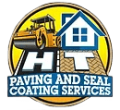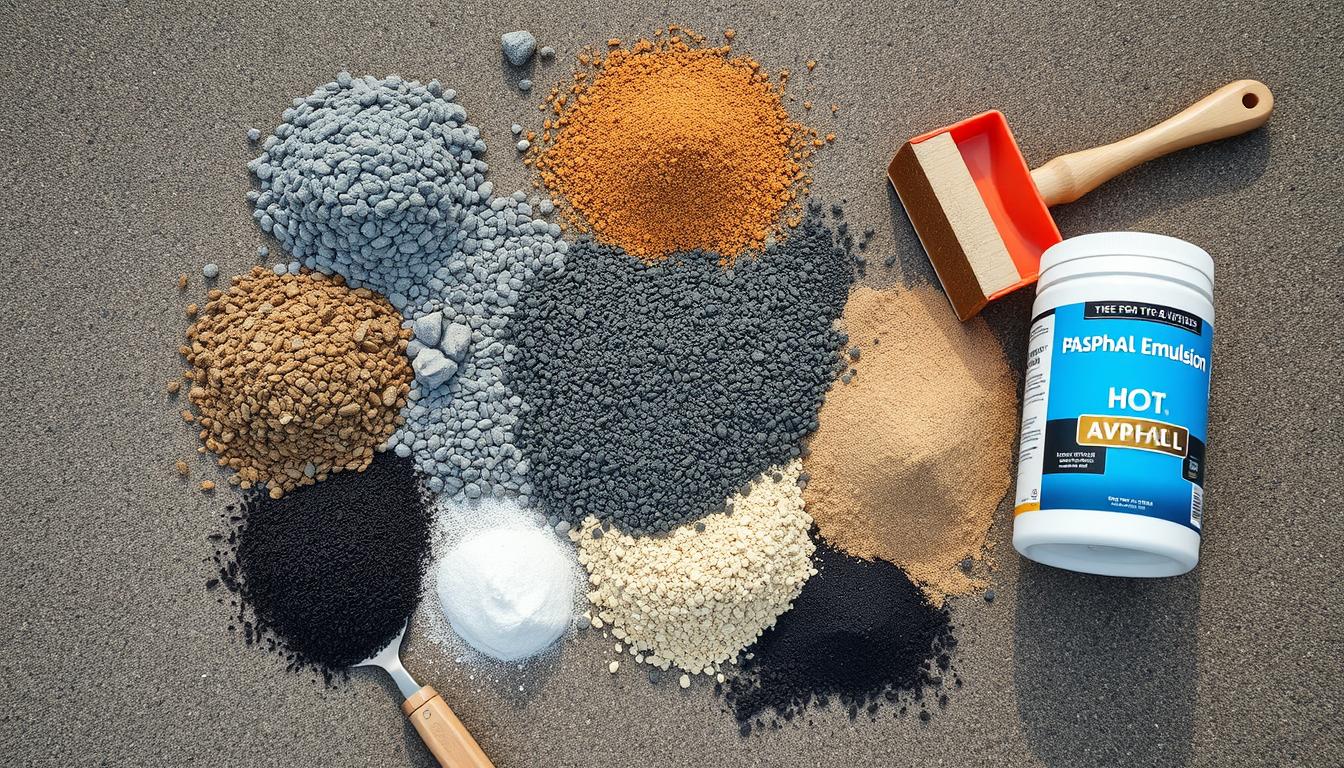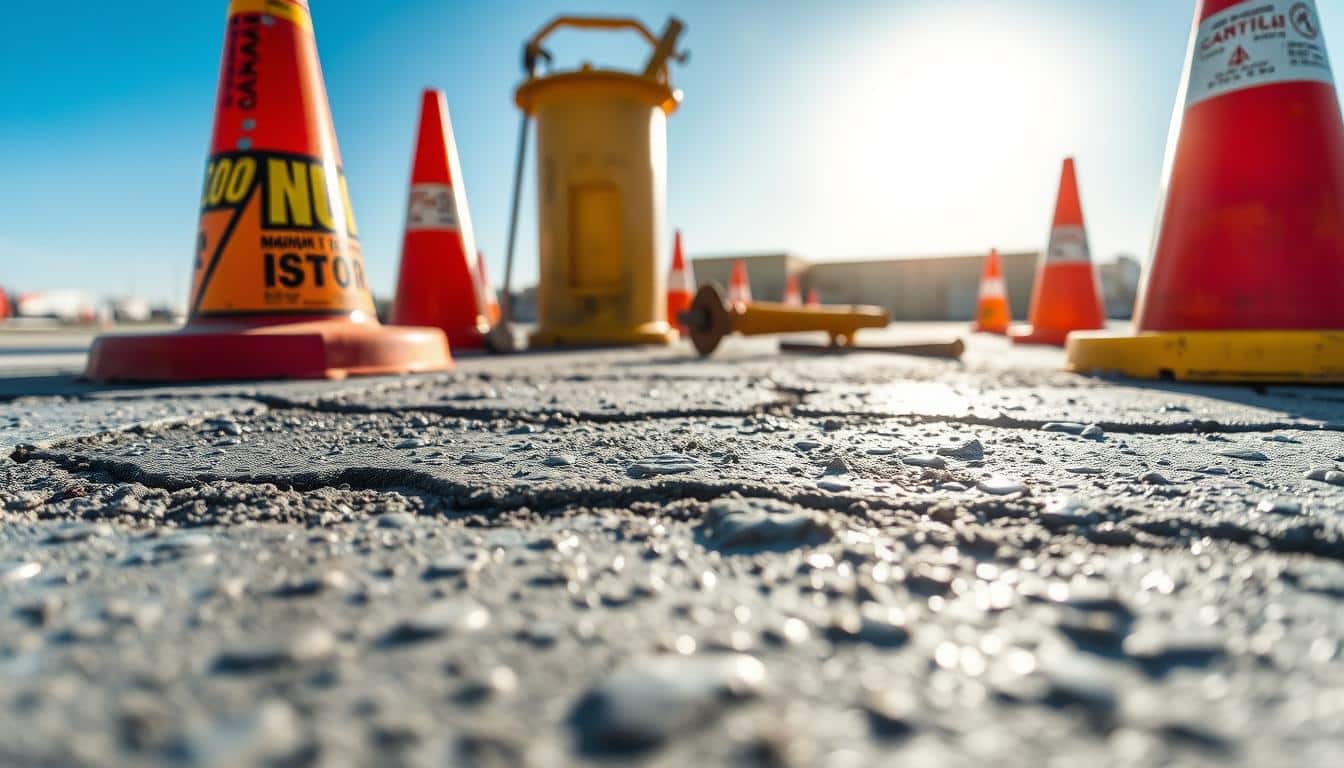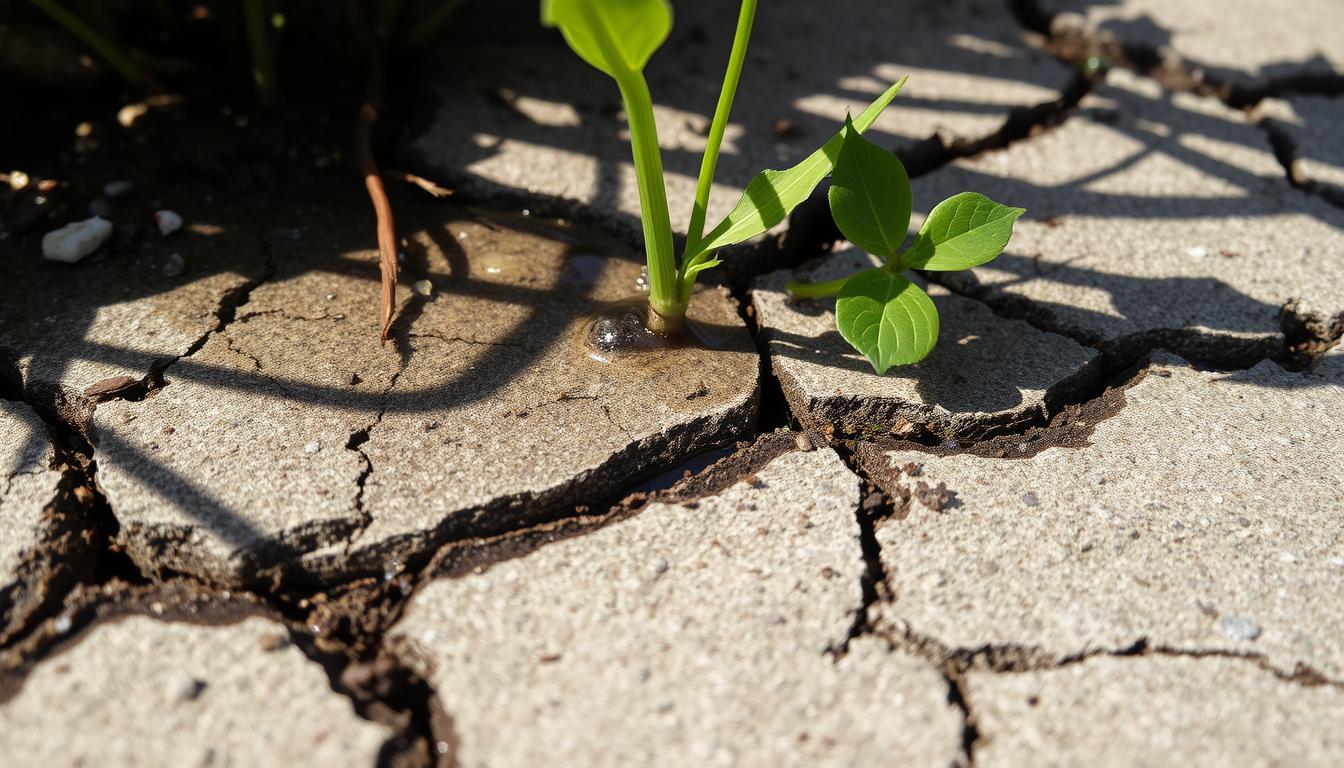Ever wondered how to fix potholes and cracks in roads and driveways? Or if asphalt patching make pavements last longer? We’re diving into the world of asphalt patching to find out how to get a durable and smooth fix.
Fixing asphalt is vital for road safety and appearance. It’s more than just filling holes and cracks. We need to protect the whole surface. How does fixing cracks stop water damage and keep roads in good shape? What materials work best for different repairs?
Our guide will show you various asphalt patching materials and methods. You’ll learn about the benefits of cold and hot asphalt mixes for different needs. Plus, get a detailed guide on patching, from preparing the site to the final steps.
But, which repair method should you choose? Is spraying better than rolling for your fix? Our guide gives clear advice to help you choose the best patching method.
Key Takeaways:
- Asphalt patching is key for road maintenance and pavement restoration.
- Crack sealing prevents water intrusion and delays pavement distress.
- Cold and hot asphalt mixes offer different levels of durability for repairs.
- The step-by-step process of effective asphalt patching involves preparing, applying, and maintaining the repair.
- Choosing the right asphalt patching method depends on your specific repair needs.
- Contact HT Paving for all your asphalt patching needs in San Mateo, CA, and surrounding areas
Different Types of Asphalt Patching Materials
Choosing the right materials for asphalt patching is key. It makes repairs strong and long-lasting. Ignoring potholes is a big mistake. The best material depends on the damage’s nature and size.
Cold Asphalt Mixes
For small fixes like potholes, cold asphalt mix is a good choice. It’s easy to get and use right away. It works well even in cold weather.
Cold asphalt is a budget-friendly option for small repairs. It’s quick and easy to use. You don’t need special tools or a lot of prep.
Hot Asphalt Mixes
Hot asphalt mixes are better for big repairs and areas with lots of traffic. They need to be warmed up before use. The heat makes them flexible, and they last longer.
These mixes are tough and durable. They’re great for busy places. Though they require more effort, they offer reliable results.
Proprietary Patching Mixes
There are special patching mixes for many repair needs. Gardner’s Pro-Q grade filler is a good example. It combines rubber and hot asphalt properties.
Mixes like Gardner’s Pro-Q are durable and work well in different weather and traffic conditions. They’re a dependable choice for tough repairs.
When picking a material for asphalt repair, consider costs and needs. The right choice will help your pavement last longer.

Steps for Effective Asphalt Patching
Asphalt patching has several steps to ensure good repairs and to keep the pavement strong. By following these steps, your project will be a success and last a long time.
Preparing the Area
To start, you need to get the area ready for the patch. First, clean out any loose stuff like dirt, rocks, and plants. A broom or an air compressor can help you get rid of these.
After cleaning, you need to check how bad the damage is. Look for any big problems like a weak base or bad drainage. Fixing these issues early will make your repair work better.
Applying the Asphalt Patch
Putting on the patch carefully is key to a good result. The way you do it changes based on the damage’s size and type. For tiny cracks, use a filler according to the maker’s advice.
But with bigger cracks and potholes, you need a different method. Hot asphalt might be needed for these repairs. It lasts longer, which is good for busier areas.
Maintaining the Patch
Taking care of the patch keeps your fix working well for a long time. Check it often for signs of wear. Fix any problems you find quickly.
Also, clean and seal the area regularly. Adding a sealant helps protect the asphalt from things like water and the sun. This keeps your repair strong over time.
Choosing a good patching method is important. Factors like the area’s condition and the materials used matter a lot. Making sure the surface is clean and properly compacted is key for a nice, even finish.
Conclusion
Keeping driveways and roads well-maintained is key. Asphalt patching helps a lot. It keeps surfaces from getting worse. It also makes them last longer, look better, and work well.
When owners learn about patching techniques and materials, they can choose better and take good care of their properties.
Also, patching is great for the environment. It lets us reuse old asphalt. This reduces the need for new materials. Less new stuff means we save our planet a bit.
Fixing things with patches instead of replacing them is friendly to our wallets, too. This is a smart choice for those watching their budget.
To make sure repairs last, taking care of the asphalt regularly is key. Doing this keeps driveways and roads strong for longer. It’s like protecting our investments. Good patching saves money, helps the earth, and keeps things looking good. So, it’s good for everyone – our finances and our planet.
Contact HT Paving for all your asphalt patching needs in San Mateo, CA, and surrounding areas
FAQ
What is asphalt patching?
Asphalt patching is how damaged areas in roads and driveways are fixed. The goal is to make them last longer and work like new.
What is the purpose of asphalt patching?
The main goal of patching is to stop pavement from getting worse. It also makes the road look better and safer to use.
What are the different types of asphalt patching materials?
There are cold and hot asphalt mixes, plus special patching mixes. These are used for small to large repairs.
How do cold asphalt mixes differ from hot asphalt mixes?
Cold mixes, or cold patch, are ready to go and good for quick fixes. Hot mixes need heating first and are stronger for bigger areas or busy spots.
What are proprietary patching mixes?
Proprietary mixes like Gardner’s Pro-Q filler are flexible and sturdy. They act like rubberized fillers but are as strong as hot mixes.
What are the steps for effective asphalt patching?
Good patching starts with a clean area and checking the damage. Then, you apply the patch the right way. Lastly, keep it in good shape by checking and fixing it often.
Which asphalt patching method should I choose?
The best method depends on the repair size. Use spray injection for big fixes and throw-and-roll for smaller ones like cracks and potholes.
How can I achieve a smooth finish in asphalt patching?
To get a smooth surface, start by cleaning it well. Then, fill in the cracks carefully. Make sure to press the asphalt down firmly.
Why is regular patching important for asphalt repairs?
Regular patching keeps pavements strong. It stops more damage from happening. It also makes the road or driveway last longer.





